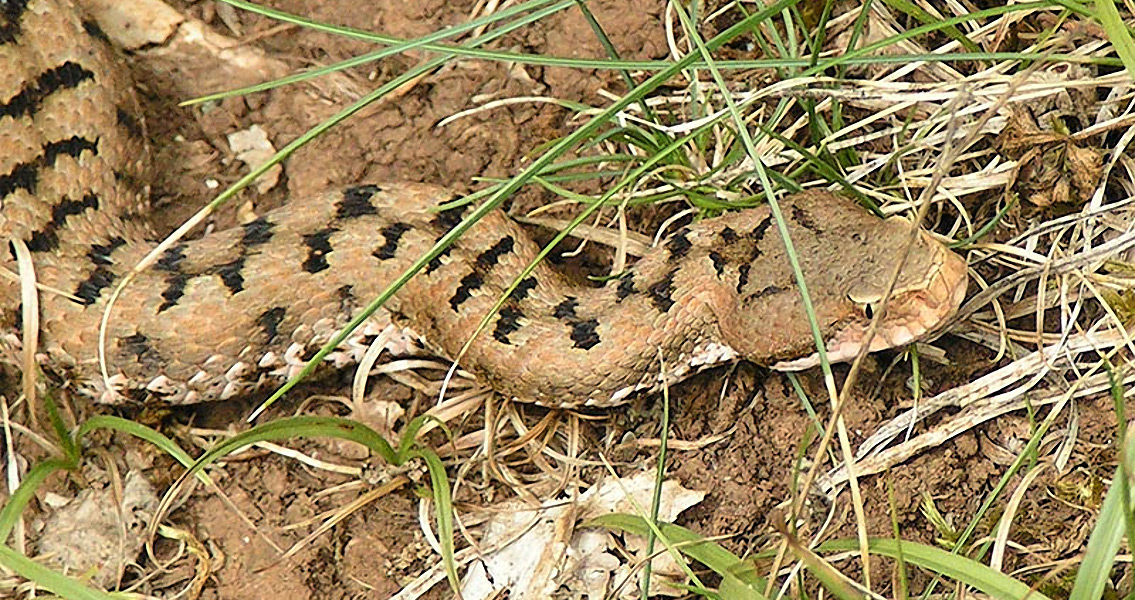<![CDATA[A new study of snakes has revealed that the legless reptiles we know today descended from creatures with feet and ankles that lived in damp places and hunted at night more than a hundred million years ago. The study, from Yale University, involved analysing ancient snake fossils as well as the anatomy and DNA of modern snake and snake-like lizard species. The researchers, led by Allison Hsiang, geologist and geophysicist, compared the genetic and anatomical features of 73 ancient and existing species of snake and lizard. In addition, the team analysed behavioral data about existing species to reconstruct the behaviour their ancestors possibly exhibited. The team established that the common ancestor of all snakes and snake-like lizards had evolved on the super-continent Laurasia, which later split into Europe, North America, and Asia. This happened around 128 million years ago. Snakes themselves, however, sprung up from a class of animals that evolved in the Southern hemisphere, on the other super-continent, Gondwana, some 20 million years later. The evolution of snakes took place during what is called the Cretaceous Terrestrial Revolution, Hsiang told Live Science, a period when there was a veritable boom of new species in all animal kingdoms. Early snakes were nocturnal, the researchers have also suggested. They continued to be so for 45 to 50 million years and then gradually shifted to the daytime, probably because temperatures dropped. It was at this point that the family of Colubroidae evolved. The vast majority of modern snakes, 85%, belong to this family. The researchers from Yale believe that the representatives of this family were more adaptable to life in the daylight which is how they survived to become what is today the largest snake family. In fact, they were so adaptable and capable of covering great distances that they learned to survive and thrive in the massively diverse habitats we see them live in today, both on land and in the water. Regarding the eating habits of these proto-snakes, Hsiang’s team concluded that they fed on invertebrates and warm-bodied vertebrates no larger than their head. They did not have the muscle strength and capacity to constrict larger prey like some snake species can today. Instead, they used their needle-like teeth to catch their prey before swallowing it whole. In an earlier study from the beginning of this year, researchers led by Michael Caldwell, head of the Biological Sciences Department at the University of Alberta in Canada, detailed information gleaned from the examination of fossils belonging to four different and hitherto unknown species of snake that had lived between 143 and 136 million years ago. The main conclusion of this study was that the elongated form of snake skulls did not follow the disappearance of legs. In fact, according to Caldwell, it occurred earlier. It is also possible that even older snake fossils exist which could tell science a lot more about the evolution of this suborder of reptiles, which today numbers over 3,400 species. Image courtesy of Wikimedia Commons user: Eric Steinert ]]>
Snakes Evolved on Land, Hunted by Night
